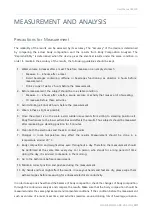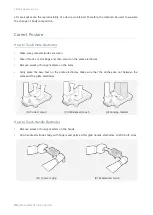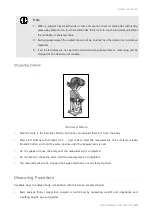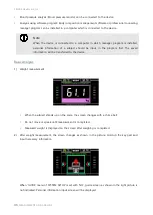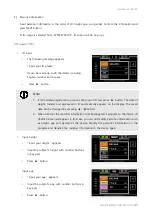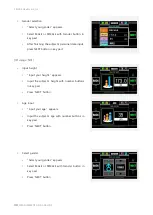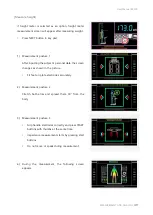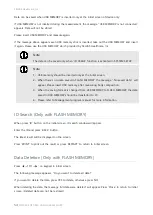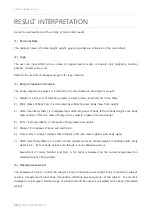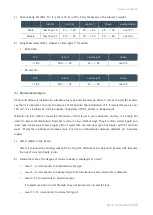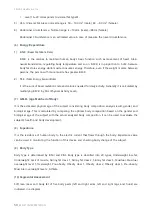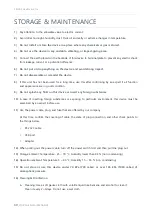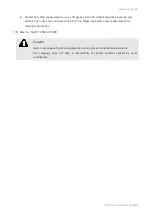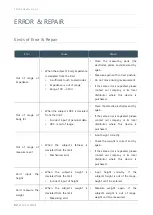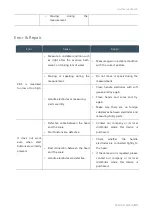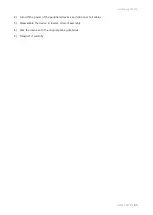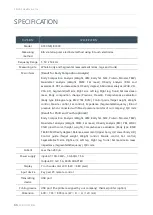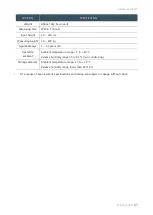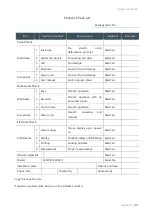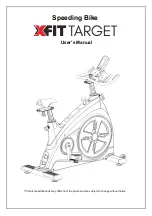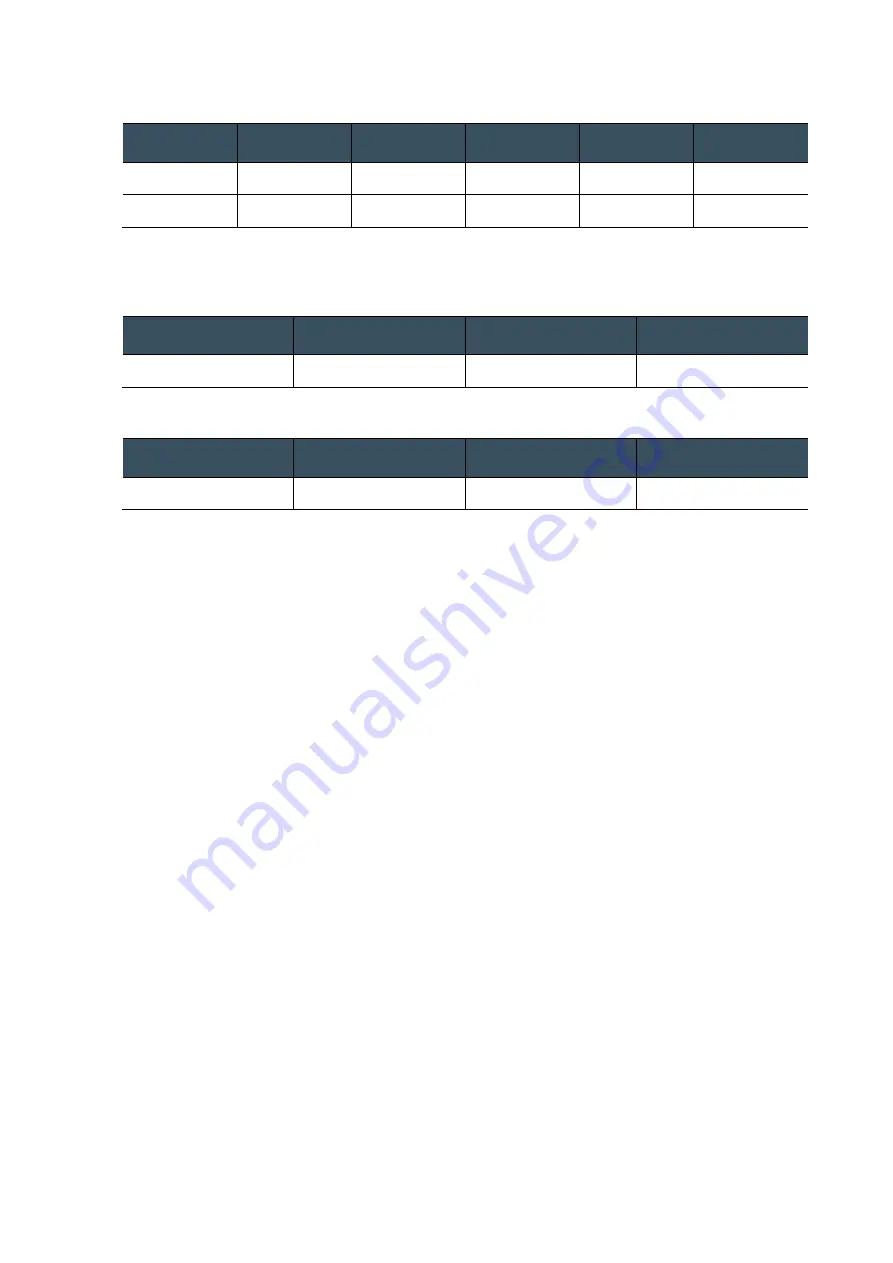
User Manual BC300
RESULT INTERPRETATION_
57
1)
Percent Body Fat (P.B.F., %): It is the ratio (%) of the body fat based on the subject
’
s weight.
low-fat
normal
over-fat
obese
severe obese
Male
less than 15
15 ~
≤
20
20 ~
≤
25
25 ~
≤
30
over 30
Female
less than 20
20 ~
≤
30
30 ~
≤
35
35 ~
≤
40
over 40
2)
Body Mass Index (B.M.I., Quetlet
’
s Index: kg/m
2
): for adults
EAST ASIA
thin
normal
overweight
obese
< 18.5
18.5 ~ < 23
23 ~ < 25
over 25
EU and etc.
thin
normal
overweight
obese
< 18.5
18.5 ~ < 25
25 ~ < 30
over 30
(5)
Abdominal Analysis
Abdominal fatness is divided into subcutaneous type and visceral type. When it comes to body fat, experts
say that it is important not only the amount of fat but also the distribution of it. If visceral fat area is over
100 cm
2
, it is classified as "visceral obesity" regardless of P.B.F., W.H.R. or Body weight.
Waist-to-hip ratio (W.H.R.) shows the distribution of fat stored in one
’
s abdomen and hip. It is simple but
useful to assess fat distribution. Body fat is stored in two distinct ways. They are often called 'apple' and
'pear' type. Apple type shows bigger girth of waist than hip and pear type has bigger girth of hip than
waist. If body fat in abdomen increases more, the risk to cardiovascular diseases, diabetes, etc. becomes
higher.
1)
W.H.R. (Waist to Hip Ratio)
W.H.R. is calculated by dividing waist girth by hip girth. When W.H.R. is below 0.9 (male) / 0.85 (female),
the risk of visceral obesity is low.
2)
Visceral Fat Level: The degree of visceral obesity is displayed in a level.
Level 1~ 4 corresponds to subcutaneous fat type
Level 5~ 8 corresponds to balanced type that subcutaneous and visceral fat is balanced.
Level 9~10 corresponds to borderline type.
If subjects maintain current lifestyle, they will proceed to visceral fat type.
Level 11~15 corresponds to visceral fat typeⅠ.
Summary of Contents for ACCUNIQ BC300
Page 1: ...English 06 2021 V3 01 User Manual BC300...
Page 71: ......

